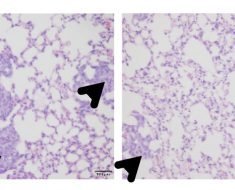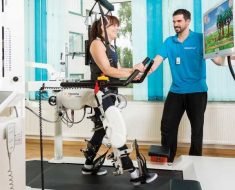
(HealthDay)—Piqray (alpelisib) tablets were approved for the treatment of hormone receptor (HR)-positive, human epidermal growth factor receptor 2 (HER2)-negative, PIK3CA-mutated, advanced or metastatic breast cancer in combination with fulvestrant, the U.S. Food and Drug Administration announced Friday.
The tablets were approved for use in men and postmenopausal women whose disease progressed after treatment with an endocrine-based regimen. The drug was also approved in combination with a companion diagnostic test, the therascreen PIK3CA RGQ PCR Kit, which detects the PIK3CA mutation in a tissue or liquid biopsy. The recommended dose of Piqray is 300 mg (two 150-mg tablets) once daily, according to the manufacturer’s prescribing information.
Approval was based on data from the SOLAR-1 trial, which included 572 men and postmenopausal women with HR-positive, HER2-negative, advanced or metastatic breast cancer that progressed with an aromatase inhibitor. Among patients whose tumors had a PIK3CA mutation, median progression-free survival was 11 months for those treated with the combination of Piqray and fulvestrant compared with 5.7 months in patients treated with fulvestrant alone. The overall response rate was 35.7 versus 16.2 percent for patients treated with Piqray and fulvestrant versus those treated with fulvestrant alone.
Clinicians should monitor patients who are taking Piqray for severe hypersensitivity reactions and should warn patients of potentially severe skin reactions. Piqray is contraindicated in patients with a history of severe skin reactions like Stevens-Johnson syndrome, erythema multiforme, or toxic epidermal necrolysis. Because patients taking Piqray have reported severe hyperglycemia, clinicians should check patients’ fasting glucose and hemoglobin A1c and optimize glycemic control. Severe cases of pneumonitis/interstitial lung disease and diarrhea have also been reported with Piqray; clinicians are advised to monitor patients for these conditions during treatment.
Source: Read Full Article





